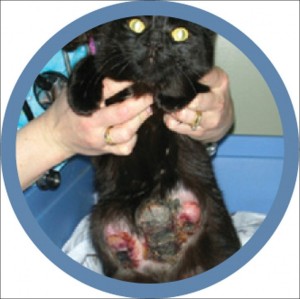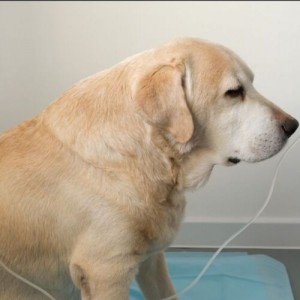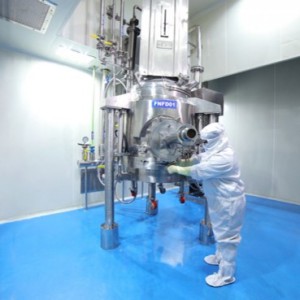Evaluation of nasal oxygen administration in conscious, standing adult horses
Administration of supplemental oxygen may be necessary for horses experiencing significant hypoxemia (PaO2 < 80 mm Hg) associated with respiratory disease. Providing effective oxygen supplementation to the standing adult horse can be challenging, with described methods for delivery including oxygen mask, intratracheal catheterization, and nasal cannula.
This study evaluated the effects of various flow rates and fractions of oxygen on arterial blood gas parameters and on the fraction of inspired oxygen (FIO2) delivered to the distal trachea.
Oxygen was administered to six healthy, conscious, standing, adult horses via single nasal cannula positioned within the nasopharynx. Breeds included two Warmbloods and one each Quarter Horse, Tennessee Walker, Standardbred and mixed breed.
Three flow rates (5, 15, 30 L/min) and fractions of oxygen (21, 50, 100%) were delivered for 15 minutes, each in a randomized order.
Researchers measured FIO2 at the level of the nares and distal trachea. Adverse reactions were not observed with any flow rate.
FIO2 (nares and trachea) and PaO2 increased with increasing flow rate and fraction of oxygen (P < .0001). FIO2 (trachea) was significantly less than FIO2 (nares) at 50% and 100% oxygen at all flow rates (P < .0001).
Differences in PaO2 were not observed between 100% oxygen-5L/min and 50% oxygen-15L/min and or between 100% oxygen-15L/min and 50% oxygen-30L/min. Tracheal FIO2 for 100% oxygen-15L/min was increased compared to 50% oxygen-30L/min (P < .0001).
Respiratory rate, ETCO2, PaCO2, and pH did not differ between treatments.
Administration of 50% oxygen via nasal cannula at 15 and 30 L/min effectively increased in PaO2 and was well tolerated in conscious, standing, healthy horses.
The assessment of oxygen administration at FIO2 less than 100% has previously been evaluated in anesthetized horses, but, to the authors’ knowledge, this is the first study to evaluate its use in the conscious, standing horse.
The results of this study revealed dose-dependent increases in FIO2 and PaO2 with increasing flow rate and oxygen fraction administered via nasopharyngeal delivery in healthy adult horses.
While these results can be used guide therapy in hypoxemic horses, evaluation of the administration of 50% oxygen to horses with respiratory disease is warranted.
Danielle Gordon, Stuart Clark-Price, Stephanie Keating, David J. Schaeffer, Kara M. Lascola, "Evaluation of Nasal Oxygen Administration at Various Flow Rates and Concentrations in Conscious, Standing Adult Horses," Journal of Equine Veterinary Science, Volume 123, 2023, 104250, ISSN 0737-0806, https://doi.org/10.1016/j.jevs.2023.104250.














List
Add
Please enter a comment